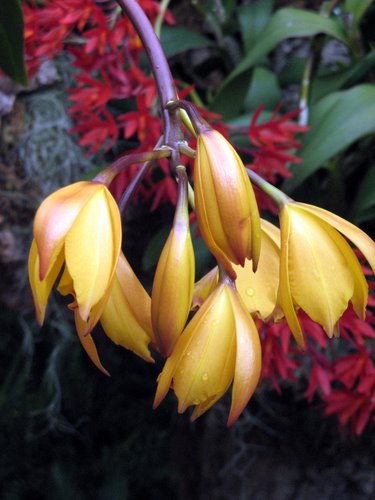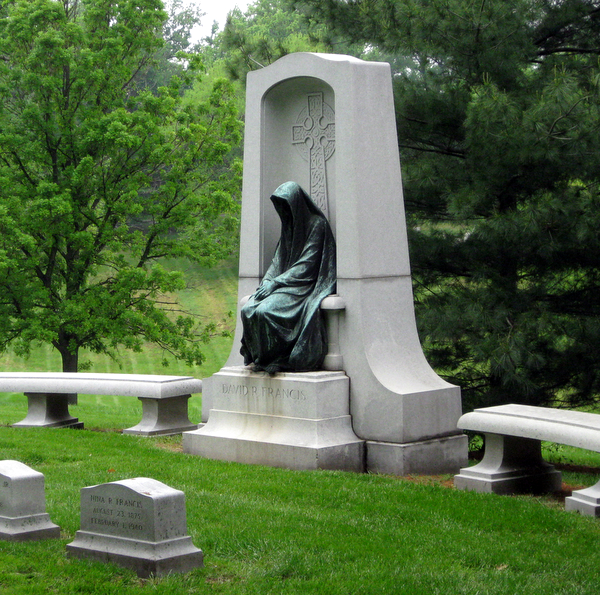“There is no evidence whatsoever that flowering plants evolved.”
Answers In Genesis
I can understand this resistance to believing that orchids evolved without the help of God-the-Artist. I understood this resistance while strolling through an extraordinary display of orchids today at the Missouri Botanical Garden.

It was like looking at fireworks. Just when you thought you had seen it all, you would see yet another dazzling package of color and shape. Why would “Nature” waste such time on crafting such masterpieces? For those primed by a religious upbringning, the emotions would compel the thought that flowers of this type must be no less than “God’s” aesthetic gift to Humankind.

Such thinking, of course, is prevalent among creationists. Prevalent and wrong. Not that orchids sculpted by natural selection are any less stunning in appearance that those that might have been crafted by an omniscent deity. They are what they are. They are compelling beings, those orchids. They are beautiful and they are alive. And they can be appreciated by anyone, of any world view, who comes to view them. I imagine that, today, many creationists lined up with those who are convinced by evolutionary theory, all of them appreciating the orchids.

Viewing this orchid display reminded me of Darwin’s writings regarding the many versions of finches Darwin observed on his trip to the Galapagos. Regarding those finches, Darwin concluded that, in geographical isolation, the various species of finches evolved from a small number of common ancestors so that each species …







